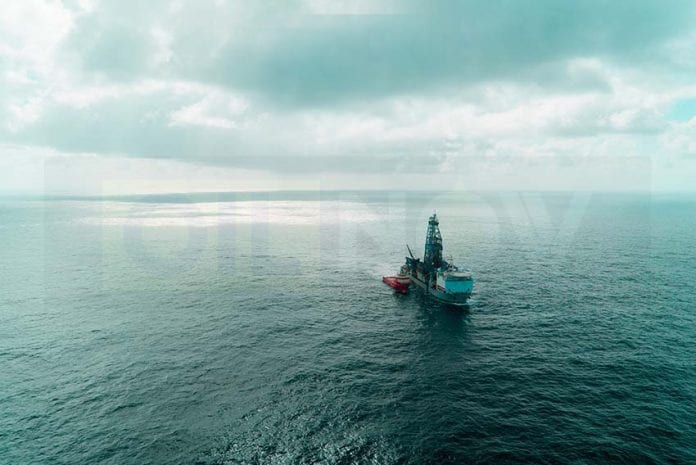With over 8 billion barrels of oil equivalent discovered to date and just two approved developments, Guyana still has significant hydrocarbon resources yet to be produced. Analysts have said developing these resources early would be prudent, since delays run the risk of reducing value to both Guyana and the investors.
Several factors such as global upheaval brought on by disease, as is currently the case, and the move towards renewable energy sources, could have an impact on oil demand and prices in the coming years.
S&P Global Platts Analytics said it projects that peak oil demand in its base case could come as soon as 2035, and by 2025 in a stress case with more government intervention.
“We recognize that renewables remain a modest percentage of overall budgets, but all of the major oil companies have slashed capital expenditure plans and announced severe cost-cutting measures,” Platts said. “…the massive size and financial strength of the oil majors may position them best as future consolidators and leaders of a broader energy industry — not just as hydrocarbon players.”
Offshore Guyana, US oil major ExxonMobil has continued to forge ahead with an aggressive exploration programme and is awaiting government approval for the 3rd in a series of planned developments that will see the country producing more than 750,000 barrels of oil per day by 2026. To date, the company has made a record 18 discoveries at the prolific Stabroek Block.
“Less than 15 percent of the discovered resources have been sanctioned for development,” Sonya Boodoo, Rystad Energy’s Vice President of Upstream Research said. “So currently, we have only Liza Phase one which is…producing and Liza Phase two which is under development. So, there’s a huge pipeline of projects potentially to be developed in the future.”
The delay in government approvals for the 3rd project at the Payara-Pacora area could see start-up being delayed by a year.
Boodoo said income to the Guyana government from this project, on a base case scenario, would be about US$4.7 billion.
“This is the net present value of the income and if that is delayed by 12 months which is what is currently expected at the moment, we see this dropping to US$4.5 billion dollars, and if it’s delayed by 24 months, we see a further drop to US$4.2 billion dollars,” she pointed out.
Dr. William Clavijo, a specialist in public policies, strategies, and development, from the Federal University of Rio de Janeiro, Brazil said the new oil producing South American nation has a unique window of opportunity of twenty years, or even less, in which projections still point to oil as the dominant source in the global energy mix.
As the Guyana government looks to embark on a massive infrastructure programme and move to develop other sectors of the economy, the billions of dollars expected from oil production will play a major role in this regard.




